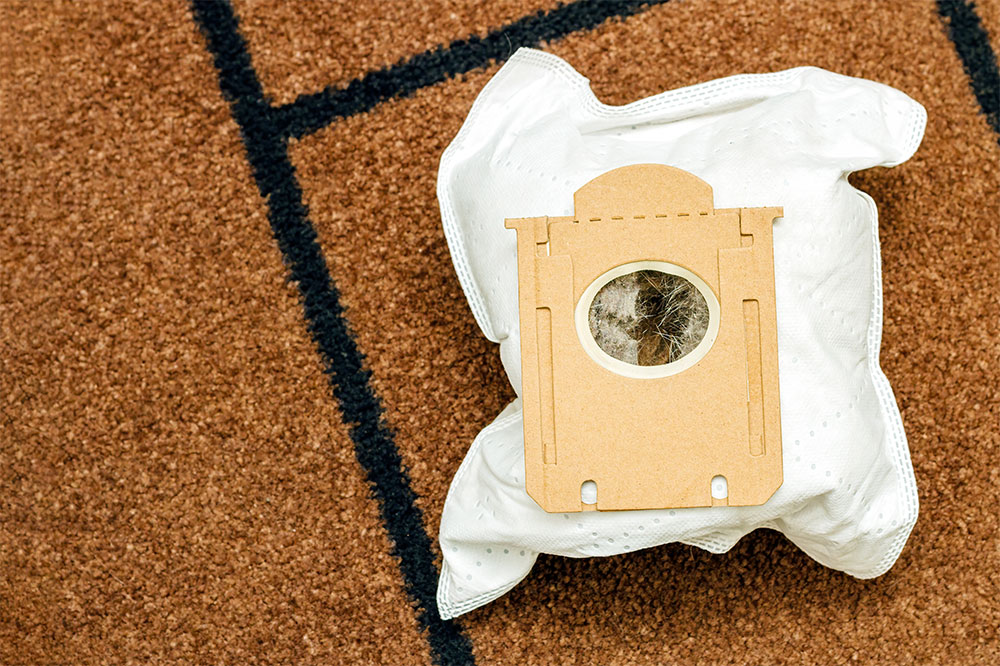8 silent signs of bladder damage caused by prostate cancer

Prostate cancer, the second most prevalent cancer among American men, often remains hidden until it reaches advanced stages. Typically, the disease progresses slowly, making it challenging to detect in its early stages. As it advances, prostate cancer can affect nearby organs, including the bladder. This article explores the subtle yet crucial signs of bladder damage caused by prostate cancer, shedding light on the importance of early detection and timely intervention.
The Interconnected Anatomy
Understanding how prostate cancer can harm the bladder requires insight into the intricate interplay between these two vital structures. The prostate gland is beneath the bladder, encircling the urethra, which is a tube that carries urine from the bladder out of the body. This close proximity means that any malignancy within the prostate can potentially infiltrate the bladder, causing a range of complications.
Silent Signals: Signs of Bladder Damage
Bladder damage resulting from prostate cancer may manifest in several subtle ways. Being aware of these signs can significantly aid in early detection and better management of the disease.
Urinary Frequency and Urgency
One of the earliest signs of bladder damage due to prostate cancer is an increase in urinary frequency and urgency. Men may find themselves rushing to the bathroom more frequently and feeling an urgent need to urinate even when the bladder is not full. This is often attributed to the pressure exerted on the bladder by the enlarging prostate tumor.
Weak or Interrupted Urine Stream
As prostate cancer progresses, it can lead to a weakened or interrupted urine stream. This occurs because the tumor obstructs the urethra, making it difficult for a free flow of the urine. This symptom is often mistaken for benign prostatic hyperplasia (BPH), a non-cancerous condition that also affects the prostate and urinary function.
Blood in Urine (Hematuria)
Hematuria, or blood in the urine, is another concerning sign of bladder damage caused by prostate cancer. The proximity of the prostate to the bladder allows cancer cells to infiltrate the bladder lining, leading to bleeding. While hematuria can be caused by various factors, it should always be investigated promptly.
Pain or Discomfort
Some men with prostate cancer may experience pain or discomfort in the lower abdominal area , pelvis, or lower back. This discomfort can be a result of the tumor’s pressure on nearby organs, including the bladder. It is essential not to dismiss persistent pain and consult a healthcare professional.
Difficulty Emptying the Bladder
Advanced prostate cancer can hinder the ability to empty the bladder fully. Men may feel as though their bladder is not completely empty after urinating, leading to a sensation of residual urine. This can increase the risk of urinary tract infections and further bladder damage.
Incontinence
Incontinence, the involuntary loss of urine, can occur in some cases of bladder damage due to prostate cancer. This can manifest as occasional leaks or complete loss of bladder control. While incontinence may be more common in later stages of the disease, it can also affect some individuals with early-stage prostate cancer.
Pelvic Pain during Urination
Pelvic pain or discomfort during urination can be indicative of bladder involvement by prostate cancer. This discomfort may be felt as a burning sensation or pressure in the pelvic region and should not be ignored.
Recurrent Urinary Tract Infections (UTIs)
Bladder damage caused by prostate cancer can increase the susceptibility to urinary tract infections. Men with prostate cancer may experience recurrent UTIs, which can be a sign that the disease is affecting their bladder health.
Seeking Timely Intervention for Bladder Damage
Recognizing these subtle signs of bladder damage caused by prostate cancer is crucial for early intervention. Ignoring these symptoms can lead to the disease progressing to an advanced stage, making treatment more challenging. When these signs appear, individuals should promptly consult a urologist or oncologist for a comprehensive evaluation and diagnosis.
Diagnostic Methods
Healthcare professionals employ several diagnostic methods to assess the extent of bladder damage in individuals with prostate cancer:
Digital Rectal Examination (DRE)
A DRE involves a doctor inserting a gloved, lubricated finger into the rectum to assess the size, shape, and texture of the prostate. This can help detect abnormalities or tumors.
Prostate-Specific Antigen (PSA) Test
The PSA blood test measures the protein level produced by the prostate gland. Elevated PSA levels can point toward the presence of prostate cancer, but further evaluation is necessary for a definitive diagnosis.
Transrectal Ultrasound (TRUS)
TRUS uses sound waves to create images of the prostate gland. These then aid in identifying the size and location of tumors within the prostate.
Biopsy
A biopsy involves the removal of a small tissue sample from the prostate for examination under a microscope. This is the most definitive method for diagnosing prostate cancer.
Cystoscopy
A cystoscopy is a procedure in which a thin, flexible tube with a camera is inserted into the urethra to observe a bladder’s interior. It can help detect any signs of bladder damage or cancerous growths.
Treatment Options
The treatment approach for prostate cancer with bladder involvement depends on the stage and extent of the disease. Treatment options may include:
Active Surveillance
For slow-growing prostate cancer that has not significantly affected the bladder, active surveillance may be recommended. This involves regular monitoring to track the progression of the disease.
Surgery
Surgical options include radical prostatectomy (removal of the entire prostate gland) and transurethral resection of the prostate (TURP) to alleviate urinary symptoms. In cases where bladder damage is extensive, partial or complete removal of the bladder may be necessary.
Radiation Therapy
Radiation therapy may be used to target and destroy cancer cells within the prostate and bladder. It can be administered externally or through implanted radioactive sources.
Hormone Therapy
Hormone therapy aims to reduce the production of testosterone, which can fuel the growth of prostate cancer cells. This treatment is often used in combination with other therapies.
Chemotherapy
In advanced cases where cancer has spread beyond the prostate and bladder, chemotherapy may be employed to target cancer cells throughout the body.
Immunotherapy
Immunotherapy options stimulate the body’s immune system to recognize and attack cancer cells. These therapies are a promising avenue for advanced prostate cancer.
Conclusion
Prostate cancer, while initially silent, can have far-reaching consequences that extend to the bladder and beyond. Recognizing the signs of bladder damage caused by prostate cancer is crucial for early detection and effective management. By seeking timely intervention and exploring the various diagnostic and treatment options available, individuals can better their chances of a successful outcome and a higher quality of life. Awareness and proactive healthcare remain the best allies in the battle against this common but manageable disease.







